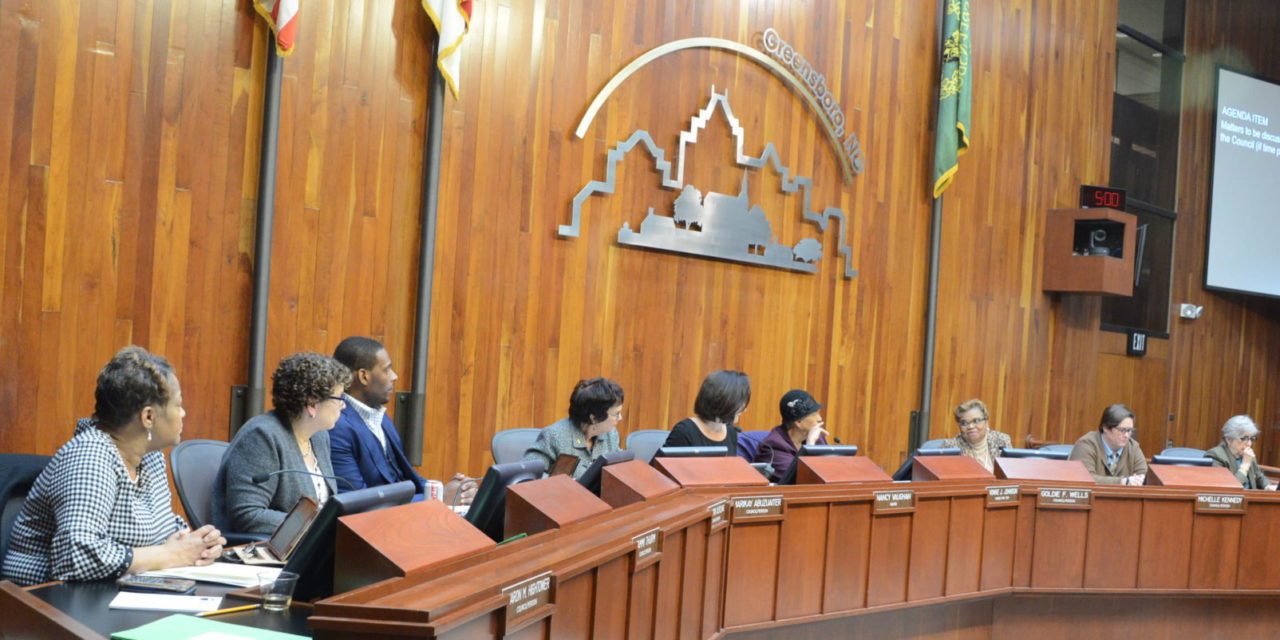Holiday Parade diversity came up at the City Council meeting this week.
Councilmember Sharon Hightower said she had been working to make sure that the floats in the parade were diverse and said, “I think it’s important that our parade reflects our city.”
The City Council often discusses the need to have city boards and commissions reflect the population makeup of the city.
So how well does the City Council reflect the diversity of the City of Greensboro? If you consider diversity to only mean race, it does pretty well. But if you add gender, it doesn’t do well at all.
As far as race goes, the City Council is pretty close to reflecting the city. About 42 percent of the city is black and about 44 percent of the City Council is black.
Whites make up 48 percent of the city and about 56 percent of the City Council is white. Asians, Native Americans and other ethnic groups make up about 10 percent of the population. So there should be one councilmember who is not white or black for the City Council to better reflect the city.
But if you add gender into the mix, the City Council is not representative of the city at all. Males make up about 47 percent of the population in Greensboro but with only one male city councilmember, males make up about 11 percent of the nine-member City Council.
Woman make up about 53 percent of the city, but with eight female city councilmembers they make up about 89 percent of the City Council.
White males make up about 23 percent of the city and have no representation on the City Council. Black males make up about 20 percent of the population and only have one council seat.
By contrast, black women make up about 22 percent of the population and have about 33 percent of the council seats.
White women make up about 25 percent of the population and have about 56 percent of the council seats.
So both white and black women are over represented on the City Council and both white and black men are under represented.
For the City Council to really reflect the population, it would need another black male city councilmember, two white male city councilmembers and one city councilmember who is not black or white.
But that is obviously not what the voters of the city wanted and, unlike boards and commissions that are appointed, the City Council is elected and whoever receives the most votes wins, regardless of race or gender.


How about an elected City Council based on merit and accomplishment?